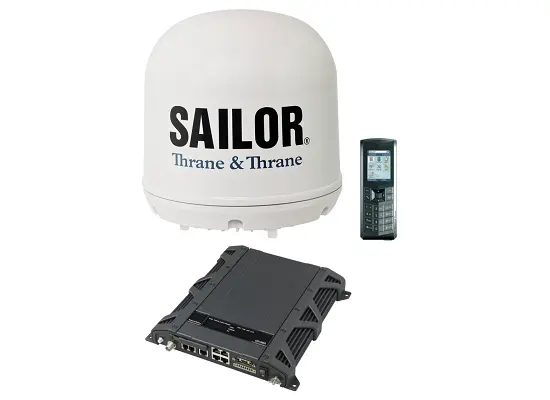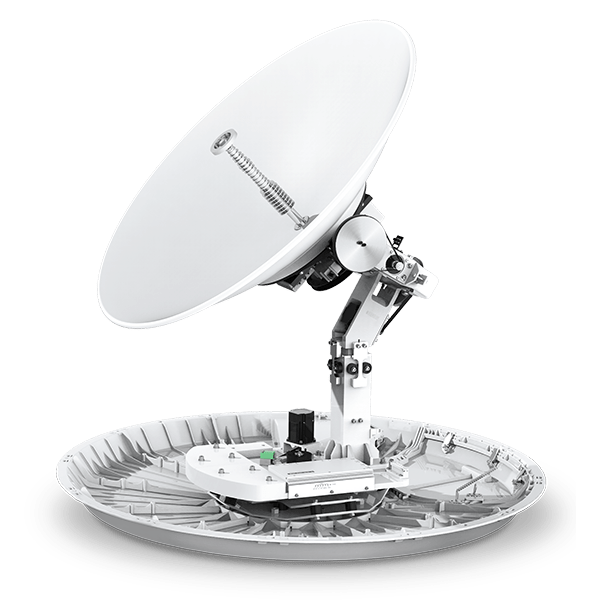With Global Broadband, you’re able to get fast and powerful internet services at sea as well as almost every other remote area of the world. Fleet Broadband is Inmarsat’s proven maritime satellite services whereas Iridium Certus – Maritime is Iridium’s superior option for communication at sea. Both utilize an L-band operating frequency which is less susceptible to “rain fade.”
1) Almost worldwide coverage, except at the poles
2) Cost-effective voice and data through a compact antenna
3) Terminals operate well in severe weather
4) Provides voice and internet services in remote locations (even at sea)
5) Streaming capability, enhanced voice services, and SOS emergency calling
1) 100% pole-to-pole global coverage
2) Delivering innovative solutions to support crew welfare while optimizing business operations and logistics
3) Reliably designed marine terminals with solid-state and virtually maintenance-free antennas
4) Top markets include merchant shipping, commercial fishing, leisure, workboats, and coastal government applications
5) Find multiple high-quality voice lines, high-speed IP data and safety services in one terminal
Maritime VSAT
Maritime VSAT refers to the use of satellite communication via a “very small aperture terminal” on a ship sailing at sea. For ideal functionality aboard a moving ship, the antenna is stabilized with reference to the horizon and True north to always maintain a clear line to the satellite.
More about Maritime VSAT:
1) Ku-band frequencies offering voice and data communication
2) high data transfer speeds
3) a maritime VSAT antenna typically has a circular antenna that is 2.4 meters or smaller in diameter that is usually concealed with a dome
4) utilizes an outdoor above deck unit (ADU) that includes the antenna and transceiver and a below deck unit (BDU) located inside that controls the unit
5) able to reach a level of bandwidth at broadband level speeds
6) VSAT frequency band include C-band, Ku-band, and Ka-band all with their own unique capabilities serving different needs
For a clear idea of how Maritime VSAT looks and operates, Cobham has a great infographic














